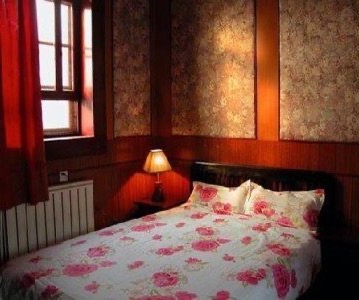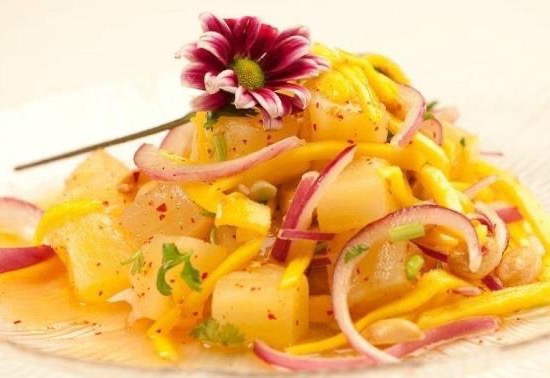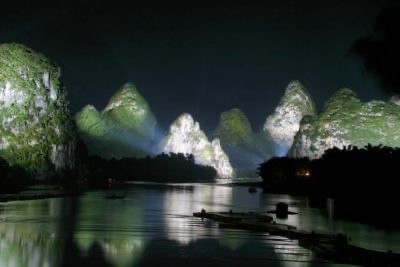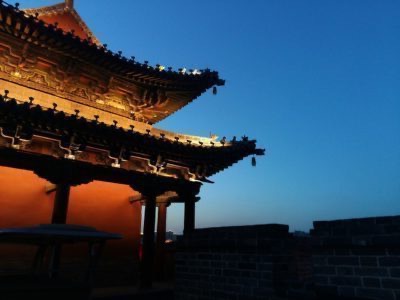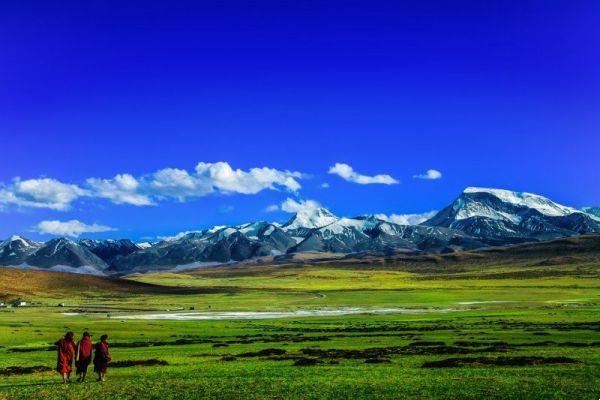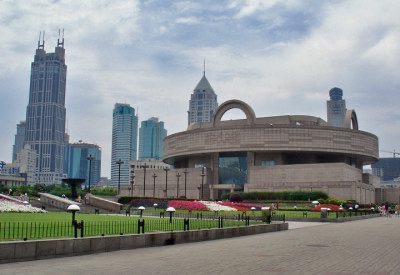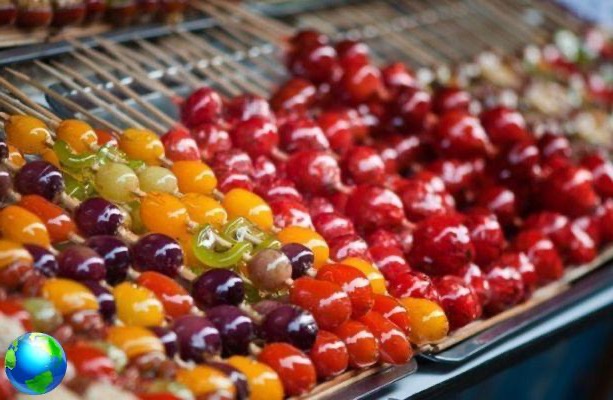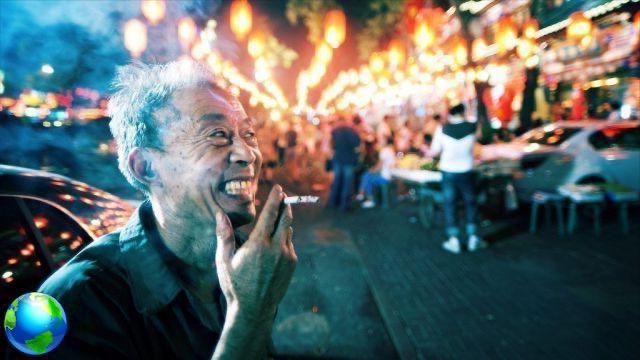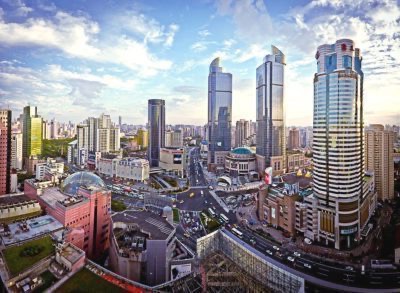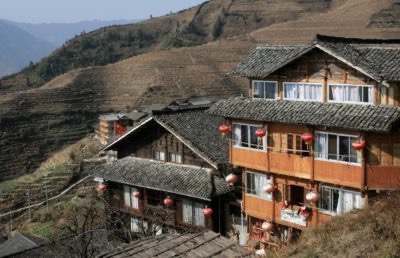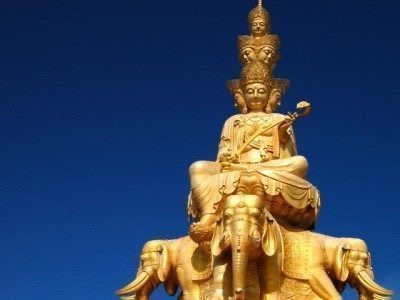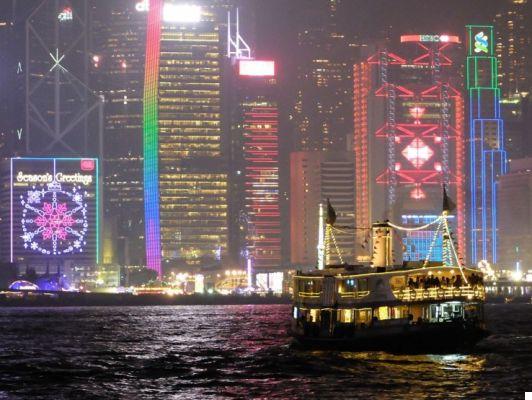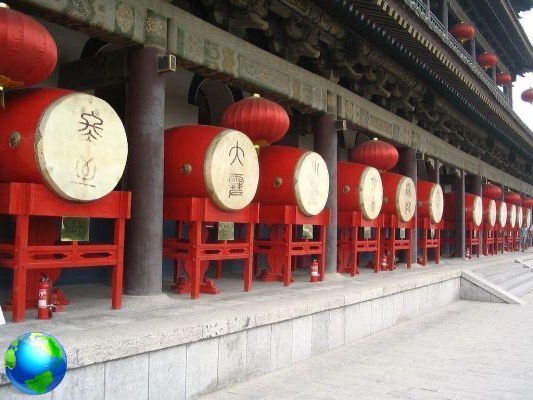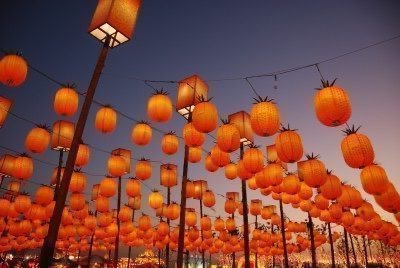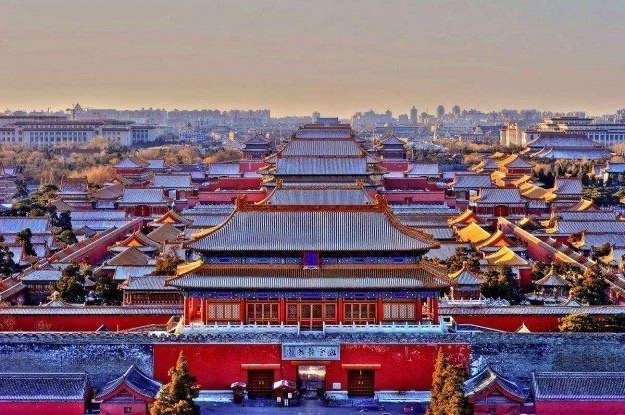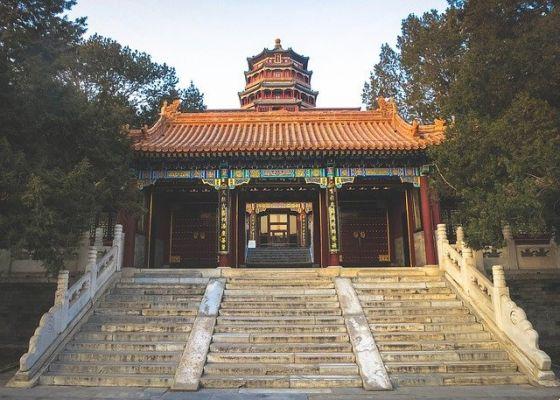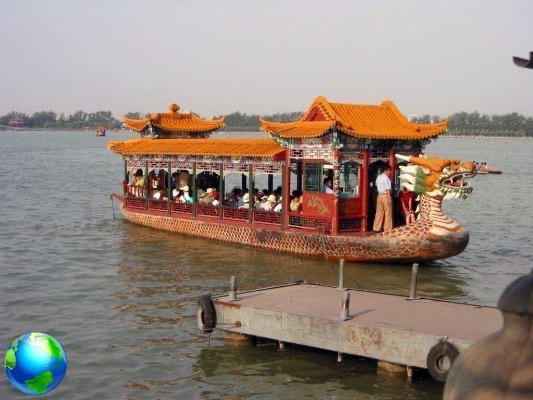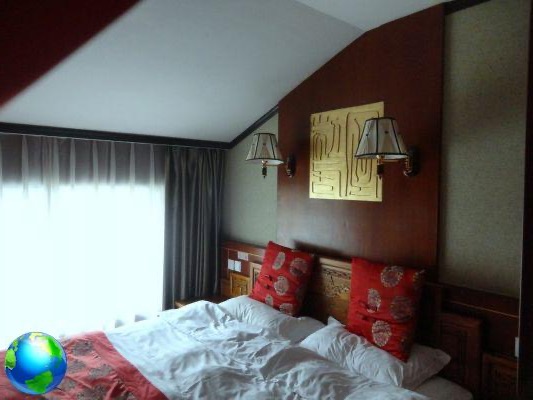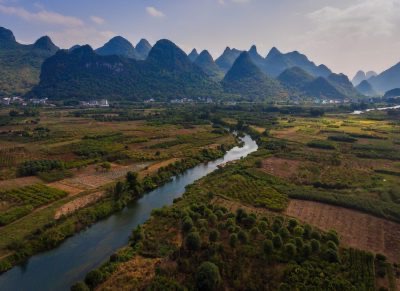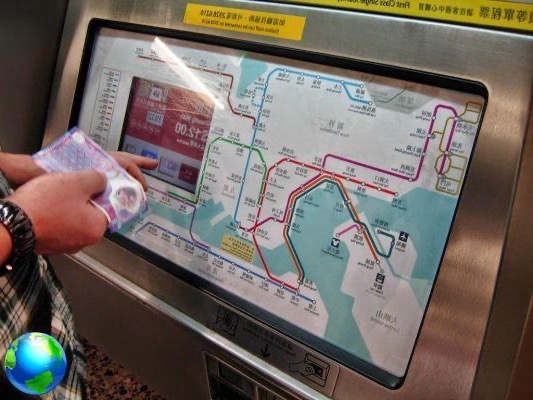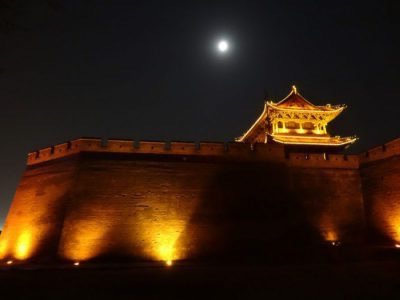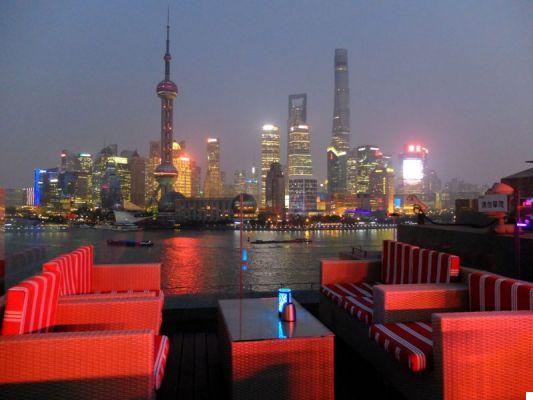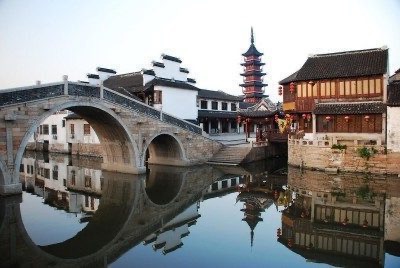
In my days a Shanghai I also decided to take a trip out of town. Half: Zhujiajiao, one of the cities on the water, it is the closest to Shanghai 47km, and is constituted as a small village that rises on the water, with the characteristic canals and ancient bridges of the Ming era.
There are several ways to get to the village: trains, buses and taxis. I initially wanted to use bus mode and then went to the Shanghai Stadium subway station where I knew the buses were leaving. The ticket for this bus includes entrance to the town and many attractions of the same, including: temples, gardens, some galleries, a museum and a boat ride. However, due to rain and various delays, I was forced to opt for a taxi. Obviously, even this operation was not very easy as I did not have the name of the city written in Mandarin Chinese, so it was necessary to find a taxi driver who could decipher our destination through Western writing and images. After having interrogated some taxi drivers without results, I found one who wanted to analyze the writing more thoroughly and, after 5 minutes, decreed with a gesture of the hand that invited us to get on, but with a not very convinced expression, that he had understood where we wanted to go. Obviously we got on with the awareness that we had a 50% chance of ending up in a random place but at that point it didn't matter, we wanted to take a ride in the car given the rain. My mother and I in the back, my father in front, staring at the taxi driver with more or less zero confidence and with the typical Western face that is faced for the first time with the Chinese custom of spit repeatedly from the window. And here everyone does it. Even the 25 year olds in stiletto heels spit on the ground. I would not like to criticize but I believe a European will never get used to this custom. Then, absurdly, they consider blowing one's nose in public discreetly rude. And I had warned my parents about it, so, at alternate moments, they decided to blow their noses in protest when they witnessed excessively the Chinese custom.
On the subways I noticed the sign "No spitting”And the fact that a sign is needed means that the custom would also arrive there. But I'm digressing .. Incredibly, after a half hour of travel I see my father give the taxi driver a pat on the shoulder and cheer because a sign appears, written in Western, with the name of the city. It is done, we have really arrived. We pay the taxi. A little more than € 20 in three for more than half an hour. To access the city it is necessary pay a ticket, from 3 to 8 € depending on how many attractions you want to visit in the village. The typical village is very nice although super structured and packed for tourists. It hardly rains when we arrive and we begin to enter the alleys, bridges and markets.
In the food markets I find that hallucinating smell that I had already smelled in the old city and that belongs to a food that I have not yet understood what it is. As we turn it starts to rain more and more and my feet, slipped into my boots that apparently can't stand the water, get drenched well. We wander around, visit the Temple in the flood, and finally we sneak into a really nice bar a little outside the center to drink some tea. We also had the boat trip of the canals included in the ticket but doing it would be equivalent to jumping into the river, given the rain, so we passed. The places to visit are enough to spend the day and leave time to stop for lunch for over an hour.
In Zhujiajiao there are tourist streets with pubs, bars and art shops, some attractions and streets that are mainly residential. At the northern edge of the ancient district on Xijing Street, there is a garden called Kezhi (kèzhí) Yuan. it means learning to plant. There is a main hall, a garden and an artificial hill. There is also a five-story building. The garden area dates back to 1912. There are some ancient buildings in this area. On Xihu Street, there is a Qing Dynasty post office. Gods 36 bridges, one of the main attractions is the Fangsheng Bridge about 70 meters long. The bridge rests on five arches and is 5,8 meters high. It was built in 1812. It is said to be the largest stone bridge in Shanghai. One of the ways to go and see the bridges is to go there by boat.There are small boats that have room for five stout people or six slender people. The ticket costs approx 80RMB or 10 €.




